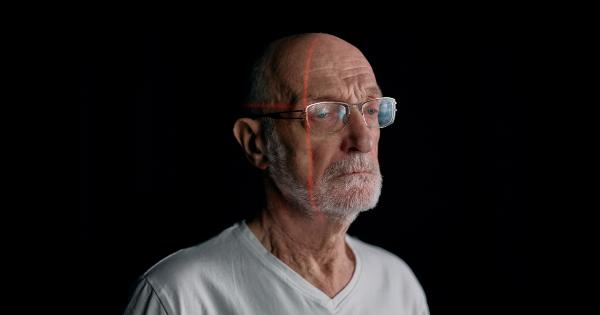Advances in technology have revolutionized the field of prosthetics, allowing for the creation of prostheses that seamlessly integrate with the human body and its movements.
These advancements have resulted in significant improvements in the quality of life for individuals who require prosthetic limbs. In this article, we will explore the latest developments and breakthroughs in the field of prosthetics, focusing on the quest for creating truly integrated prosthetic devices.
Understanding Prosthetics
Prosthetics are artificial extensions that replace a missing body part. They are designed to assist individuals in performing day-to-day activities that would otherwise be challenging or impossible without the use of a functional limb.
Prosthetic limbs can be classified into two primary categories: upper limb prostheses and lower limb prostheses. Each category serves a specific purpose and requires different design considerations.
Challenges Faced by Prosthetic Users
Although prosthetic technology has come a long way, individuals using prosthetic limbs still face several challenges. One of the significant challenges is the lack of integration between the prosthetic limb and the human body.
Traditional prostheses often lack the ability to respond naturally to the user’s movements, making it difficult to perform tasks that require fine motor skills and precision.
Additionally, the discomfort caused by ill-fitting prostheses is a significant concern. Many prosthetic users experience discomfort due to the pressure exerted by the prosthetic limb on their residual limb.
This can lead to skin irritation, sores, and even long-term physical complications.
Advancements in Prosthetic Technology
In recent years, there have been significant advancements in prosthetic technology aimed at addressing the challenges faced by prosthetic users.
These advancements are primarily focused on enhancing the integration between the prosthetic limb and the user’s body, providing a more seamless and natural experience.
Bionic Prostheses
Bionic prostheses represent one of the most significant breakthroughs in prosthetic technology. These advanced devices utilize sensors and artificial intelligence algorithms to provide a more natural and intuitive control mechanism.
By analyzing the user’s muscle signals or nerve impulses, bionic prostheses can mimic the natural movements of a real limb.
Osseointegration
Osseointegration is a surgical technique that involves anchoring a prosthetic limb directly to the bone.
This technique eliminates the need for socket-based prosthetic systems and allows for a more direct connection between the user’s body and the prosthetic limb. With osseointegration, prosthetic users experience improved comfort, increased stability, and enhanced range of motion.
Flexible and Responsive Materials
Advancements in material science have led to the development of flexible and responsive materials for prosthetic devices. These materials can adapt to the user’s movements, providing a more comfortable and natural experience.
Flexible materials also reduce the risk of skin irritation and pressure sores, as they distribute the forces exerted by the prosthetic limb more evenly.
Neural Interfaces
Neural interfaces are another area of innovation in the field of prosthetic technology. These interfaces allow for direct communication between the prosthetic limb and the user’s nervous system.
By connecting the prosthetic limb to the user’s brain or peripheral nerves, neural interfaces enable more precise control and intuitive movement of the prosthetic limb.
Customization and Personalization
Prosthetic technology is becoming increasingly customizable and personalized. Through 3D printing and advanced manufacturing techniques, prostheses can be tailored to the individual user’s needs and preferences.
Prosthetic devices can be designed to match the user’s skin tone, body shape, and size, creating a more aesthetically pleasing and functional solution.
Challenges and Future Directions
While there have been remarkable advancements in prosthetic technology, several challenges still need to be overcome. The cost of advanced prosthetic devices remains a significant barrier for many individuals, limiting their accessibility.
Additionally, the integration of sensory feedback, such as touch and temperature sensation, into prosthetic limbs is an area that requires further research and development.
However, researchers and engineers are continuously striving to overcome these challenges and push the boundaries of prosthetic technology.
With ongoing advancements and collaborations between various disciplines, the future of prosthetic devices looks promising.
Conclusion
The quest for prostheses that seamlessly integrate with the body and its movements has led to remarkable breakthroughs in the field of prosthetic technology.
From bionic prostheses to osseointegration and neural interfaces, these advancements are revolutionizing the lives of individuals who rely on prosthetic limbs. While challenges still exist, the future holds great promise for the development of even more advanced and integrated prosthetic devices.






























